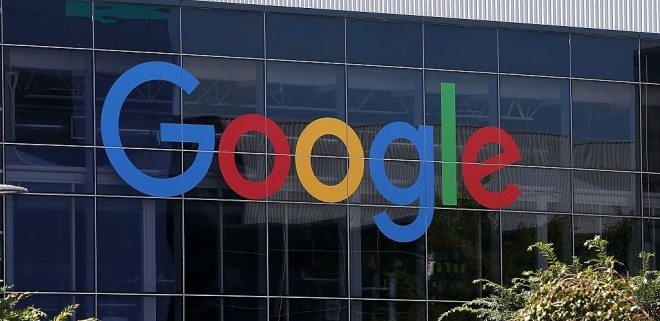Google and Facebook to Build Transpacific Submarine Cable
Facebook has partnered with Google to pay for construction of what will be one of the highest-capacity submarine cable systems stretching across the Pacific Ocean, connecting Los Angeles to Hong Kong.
This is a second such partnership Facebook has gotten involved in and yet another example of changes happening in the submarine cable industry, which has traditionally been dominated by consortia of private and government-owned carriers.
Operators of mega-scale data centers who deliver internet services to people around the world – companies like Facebook, Google, Microsoft, and Amazon – have reached a point where their global bandwidth needs are so high, it makes more sense for them to fund cable construction projects directly than to buy capacity from carriers.
In May, Facebook announced it had teamed up with Microsoft on a submarine cable across the Atlantic, linking landing stations in Virginia Beach, Virginia, and Bilbao, Spain. The future transatlantic system, called MAREA, will be operated by Telefonica.
Both Europe and Asia Pacific are important markets for the internet and cloud services giants. The Los Angeles-Hong Kong cable will help improve connectivity between both companies’ data centers in the US and Asia.
The cable will be called Pacific Light Cable Network, taking its name from the third partner on the project: Pacific Light Data Communications.
Both MAREA and PLCN systems will be built by TE SubCom, one of the biggest names in the submarine cable industry.
In addition to simply increase the amount of bandwidth between the US and Asia, the 120Tbps PLCN system will provide greater diversity in transpacific cable routes, Najam Ahmad, director of technical operations at Facebook, wrote in a blog post announcing the project.
“Most Pacific subsea cables go from the United States to Japan, and this new direct route will give us more diversity and resiliency in the Pacific,” he explained.
The FASTER cable system, backed by Google and several Asian telecommunications and IT services companies, came online earlier this year. Another big submarine cable project is the New Cross Pacific Cable System, which is backed by Microsoft and a group of Asian telcos. NCP is expected to come online in 2017. Both will land in Oregon on the US side.
Also this year, Amazon Web Services made its first investment in a submarine cable project, agreeing to become the fourth anchor customer necessary to make the planned Hawaiki Submarine Cable between the US, Australia, and New Zealand possible.
One big way in which PLCN and MAREA will be different from traditional transoceanic cable systems is they will be interoperable with a variety of network equipment, rather than being designed to work with a specific set of landing-station technologies, according to Ahmad. Not only will each user be able to choose what optical equipment fits their needs best, they will be able to upgrade that equipment as better technology becomes available.
“This means equipment refreshes can occur as optical technology improves, including taking advantage of advances made during the construction of the system,” he wrote. “When equipment can be replaced by better technology at a quicker pace, costs should go down and bandwidth rates should increase more quickly.”

 afeeshost
afeeshost
 afeeshost
afeeshost